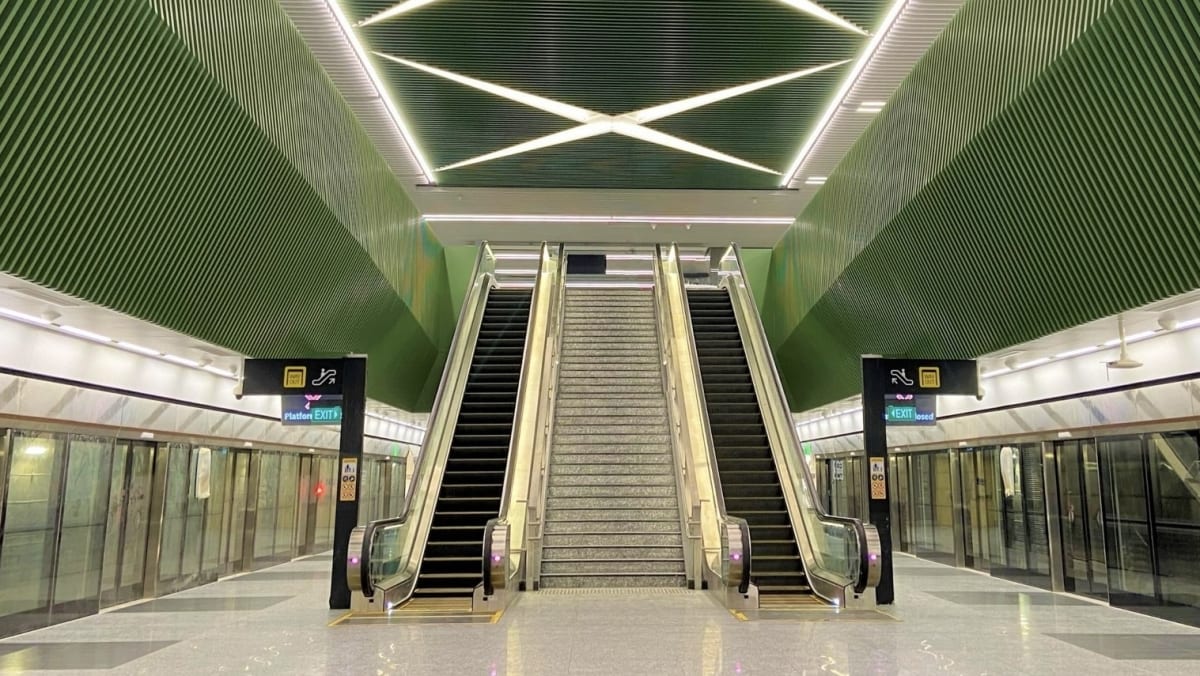SINGAPORE: After years of construction, Stage 4 of the Thomson-East Coast Line (TEL4) will soon be in operation, serving residents in areas such as Tanjong Rhu, Marine Parade, Siglap and Bayshore.
It’s an engineering feat, as the line was built through several mature estates in the East Coast area that never had rail connectivity.
The soil composition was an issue in an area not far from where land was reclaimed. Plus – the MRT tunnels are very close to the existing Kallang-Paya Lebar Expressway (KPE).
These factors made construction particularly challenging, said the Land Transport Authority (LTA) as its engineers provided some insight on Monday (May 20) into what it took to make TEL4 a reality.
The seven stations – Tanjong Rhu, Katong Park, Tanjong Katong, Marine Parade, Marine Terrace, Siglap and Bayshore – will begin passenger service on Jun 23.
As the MRT tunnels are close to many malls, HDB blocks, condominiums and private properties, diversions for roads and utilities such as electric cables were a common occurrence.
Some of these diversions required LTA to conduct impact studies and reach out to stakeholders in the area as early as one year in advance.
“Given the density of the built-up area, careful and detailed planning of the station and tunnels alignment was essential to ensure that we were able to build the stations and tunnels with minimal inconvenience to the surrounding stakeholders,” said LTA senior project engineer Lee Yang.
The construction of Marine Parade station was one example. It is close to Parkway Parade shopping mall, a hotel, HDB estates, health facilities and several landed housing estates.
Therefore, there had to be an extensive relocation of existing utilities such as power cables, telecom cables and water pipes in order for the station to be built, said LTA senior project engineer Chantal Lee.
“At the same time, we had to ensure that the (utilities) still continue serving the establishment while the works are being carried out,” she added.
Usually, the process of diverting utilities requires a single-lane road closure, but as Marine Parade was too busy and the surrounding areas too built up, it was not safe to do this.
So, in 2017, a section of Joo Chiat Road was closed for about seven months to facilitate the moving of utilities.
This was done after a detailed traffic impact assessment, including adjustments to public bus services.
